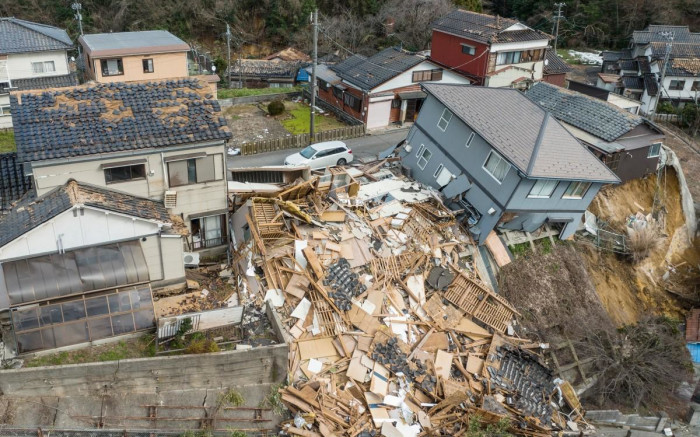
Audrey Salkeld, a pioneering historian who combed through decades of neglected archives to write about mountains such as Kilimanjaro and Everest, which she also climbed, died on October 11 in Bristol, England. She was 87.
Her sons Ed and Adam Salkeld said the cause of death at an assisted living facility was dementia.
In a tribute, Climbing Magazine called Ms. Salkeld “the world’s preeminent expert on the history of Everest.”
Her books include First on Everest: The Mystery of Mallory & Irvine (1986, with Tom Holzel), about an ill-fated Everest expedition by George Mallory and Andrew Irvine in June 1924, when Mallory’s frozen remains were found discovered On the slopes of Everest in 1999, Ms. Salkeld was the expert everyone wanted to talk to. She had even climbed the mountain to look for his body.
This mysterious and deadly peak in the Himalayas, the highest point on Earth, dominated her life and career, her sons recalled in telephone interviews from London. She was fascinated by the men who had dared and wanted to understand why they did it.
“It was the eccentric characters that made it happen,” said Ed Salkeld. “That’s what she was interested in.”
Ms Salkeld has created a unique place in the field in Britain, where mountains and mountaineering have a special appeal linked to the country’s imperial history and its 19th-century fascination with the Alps.
In her exploration of Mount Everest, she searched through 56 boxes of forgotten archives from the Royal Geographical Society in London, reconstructing the early expeditions and bringing mysterious figures like Mallory to life. For decades, mountaineers were concerned about the question of whether they had reached the summit that would have brought them first Edmund Hillary during his ascent in 1953 with the Sherpa Tenzing Norkay. Ms. Salkeld was unable to solve the mystery, although she remained a deeply informed skeptic.
“Mallory has always been portrayed as a sort of heroic figure,” she told a BBC interviewer, “and a lost hero always has a bit more appeal, I suppose.”
David Breashears, a mountaineer with whom Ms. Salkeld worked on films about Everest and Kilimanjaro in Tanzania, recalled that her modesty led people to underestimate her considerable talents. At times she provided material for other authors who did not always acknowledge her contributions.
“Audrey had a gift,” Mr. Breashears said in a telephone interview. “She had a deep understanding of human nature.”
He added that she was haunted by the questions: “Why do they go to the mountains?” Why do they climb?”
Since she was a mountaineer herself, she was able to easily come into contact with other mountaineers. She spent hours with Noel Odell, who survived the 1924 Everest expedition and was the last person to see Mallory and Irvine alive. “We were always visited by these incredible people from the world of mountaineering,” remembers Ed Salkeld.
Her son Adam said: “People were surprised that this young and pretty woman was working in the dusty archives.”
“She always talked about the grumpy old men who dominated the establishment,” he added. But “the relationships she made with the old Everesters lasted for years.”
Ms. Salkeld also wrote a biography of Hitler’s favorite filmmaker: Leni Riefenstahlwho had starred in the daring Alpine films of the 1920s. Gitta Serenaa well-known historian of National Socialism, called the book “wonderful”.
At the center of the Riefenstahl saga was a human mystery: How close was she herself to Hitler and National Socialism? For Ms. Salkeld, the question reminded her of the mystery of the Mallory Irvine saga and captivated her, Adam Salkeld said.
Audrey Mary West was born on March 11, 1936 in south London to Alice (Court) West and Cecil West, a building contractor. She was present Nonsuch Girls’ High School in Cheam, a suburb of London, attended secretarial school and worked as a secretary for the Iraq Petroleum Company.
She was passionate about the outdoors and began writing a column for Mountain magazine, which opened her door to the world of mountaineering.
Two trips to Everest instilled in her great respect for it; She made it to within 8,000 feet of the summit. “You can’t control the wild weather on Everest,” her son Adam recalled her saying.
In 1963 she married Peter Salkeld, an architect who enjoyed hiking. He died in 2011. In addition to Ed and Adam, she is survived by another son, Tom.






Recent Comments